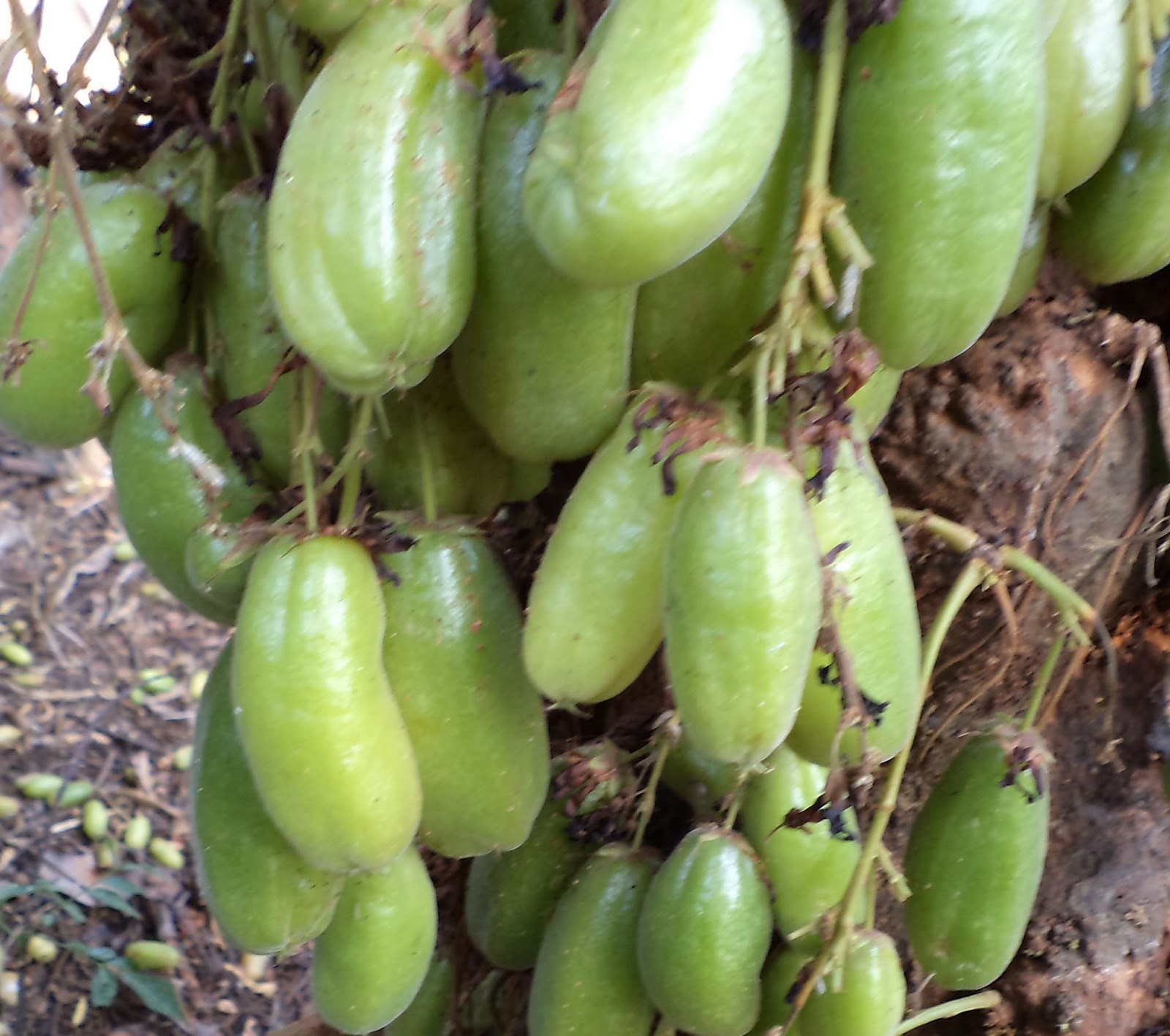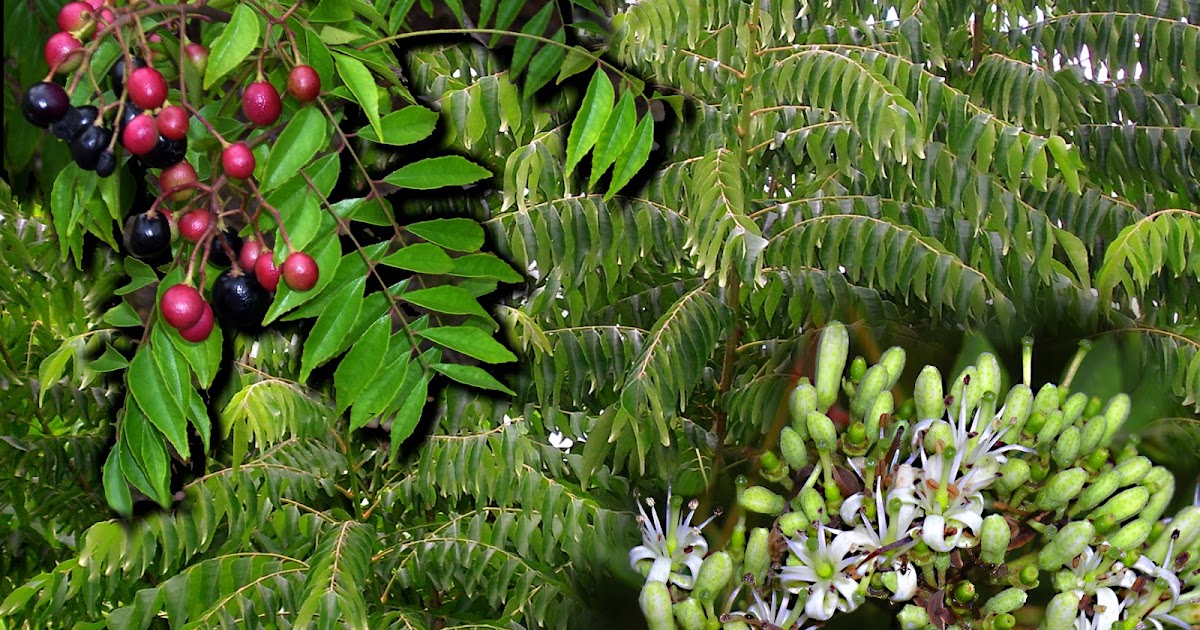
The fruits of Curry Leaf Plant Curry leaf plant, Curry leaves, Trees to plant
Stone fruit trees should be pruned to an open center to allow for airflow and more even ripening. That said, every grower has their preference, and trees can be pruned to any shape. Plum Trees:Santa Rosa Plum(300hr), Methley Plum(250hr), Green Gage Plum(700), Italian Prune(800) Plum trees are a classic selection for the Nevada garden.

Curry Berry Tree YouTube
Curry berries, also known as ghanti or kari phal (Carissa carandas), are a tropical fruit native to India. They are the only species in the genus Carissa and are members of the family Apocynaceae. Curry berries have been used for centuries in traditional Indian cooking, making them an important part of the country's culture and cuisine.

Mouthwatering Food Recipes 204) BILIMBI PARIPPU CURRY
Curry tree grow and care - tree of the genus Murraya and also known as Curry, Curry tree perennial tree in tropic its evergreen in the subtropical is deciduous plant. The fruit and the leaves are edible and also used as fragrant ornamental plant, can grow in tropic, subtropical or mediterranean climate and growing in hardiness zone 9+.

como se toma la canela para la diabetes
January 3, 2024 by Kelvine The curry leaf tree, a botanical treasure with fragrant foliage and cultural significance, makes a unique addition to any garden. In this article, we dive into the care and growth of this remarkable plant.

Ric's Edible Backyard
Belonging to the Rutaceae family, the Curry tree is a tropical to sub-tropical variety with origins in India and Sri Lanka. The tree can grow to 20 feet in height, however is still considered a small tree and can thrive in containers and as a houseplant in moderate climates.

Curry Tree Herb Murraya koenigii
The Curry Leaf Tree (Murraya koenigii) is a small evergreen tree. It is part of the Rutaceae family and is native to India and Sri Lanka. The Curry Leaf Tree has a spreading and rounded habit which has foliage that is mid-green and fern like in appearance. The leaves are highly aromatic and used in many Indian dishes.
:max_bytes(150000):strip_icc()/curryGettyImages-1140052265-88f66f8f5930429eb258673d167b8971.jpg)
How to Grow and Care for Curry Trees
The curry leaf tree is mainly recognizable by the smell of the leaves which is released when cooking or rubbing the leaves.. The fruit is edible and has a nice sweet taste. The seed inside of the fruit is poisonous and thus should not be eaten. The harvested seeds are only viable for a couple of weeks. Unlike many other seeds, dried old.

PlantFiles Pictures Murraya Species, Curry Tree, Curry Leaf Tree, Curryleaf Tree, Sweet Nim
1. Fill a small pot with a mix of potting soil and compost. Look for a small pot that's about 4-6 inches (10-15 cm) tall and 3-4 inches (7.6-10.2 cm) wide for starting your curry leaf plant. Make a potting mix that's 60% potting soil and 40% compost so your plant gets enough nutrients while it's growing.

Ripe and Unripe Fruits of Curry Plant Murraya koenigii [Family Rutaceae] Curry leaves
The curry leaf tree—the largest of the three varieties—grows up to 15 feet tall and is the typical source for store-bought leaves. Dwarf and miniature varieties are better suited for at-home growing, especially if you live in a cold climate.

Intelliblog ALL ABOUT THE CURRY TREE
Light: Curry leaf trees thrive in full sunlight, so place your plant in a location that receives at least 6-8 hours of direct sunlight per day. If you're growing it indoors, place it near a south-facing window to ensure it receives adequate light. Watering: Water the plant moderately, allowing the top inch or two of the soil to dry out between.

The Fruits of Curry Leaf Tree Curry leaves, Curry, Tree
Updated on 03/07/23 Reviewed by Andrew Hughes In This Article Care Types Pruning Propagating Growing from Seeds Growing in Pots Overwintering Common Pests Common Issues FAQ Native to India, the fast-growing curry tree is a small evergreen bush or tree that can reach anywhere from six to 20 feet tall.
Life,films and nostalgia Curry Tree Fruits (Murraya koenigii) family Rutaceae
Curry leaf tree grows well in tropical right through to Mediterranean and temperate climates and has compound leaves and fragrant flowers through spring and summer like its sister plant Murraya paniculata, often called orange jessamine.
my walk with food and beautiful plants and flowers Red Curry tree fruits.
What Is a Curry Leaf Plant? Curry leaf plants are members of the family Rutaceae, which encompasses plants such as citrus and the cork tree. The plant is known as "sweet neem" in its indigenous range and also bears numerous Indian names. The little tree or bush may grow up to 15 feet (4.6 m) high with a spread of 12 feet (3.6 m).

Roots 'n' Shoots Curry Tree How to Grow Herb of the Month
Murraya koenigii, called curry leaf, is a small, tropical to sub-tropical tree or shrub that typically grows to 6-15' tall and is noted for its pungent, aromatic, curry leaves which are an important flavoring used in Indian/Asian cuisine. This tree is native to moist forests in India and Sri Lanka. Each odd-pinnate leaf typically has 11 to 21.
Curry leaf
The temperature condition for a curry tree is warm to hot. The ideal temperature for a curry tree is between 70 and 85 degrees Fahrenheit. If the temperature gets too cold, the curry tree will not produce as much fruit. If the temperature gets too hot, the curry tree will produce less fruit. Humidity Level

Curry Leaf Tree Murraya Koenigii Very Large Plant Etsy Spice Garden, Herb Garden In Kitchen
The curry leaf plant - also called curry leaf tree, sweet neem, kadi patta, or curry tree - hails from India and is a member of the citrus or rue family, Rutaceae. It can grow up to 20 feet tall at maturity in its native tropics, though it's usually smaller in cultivation.